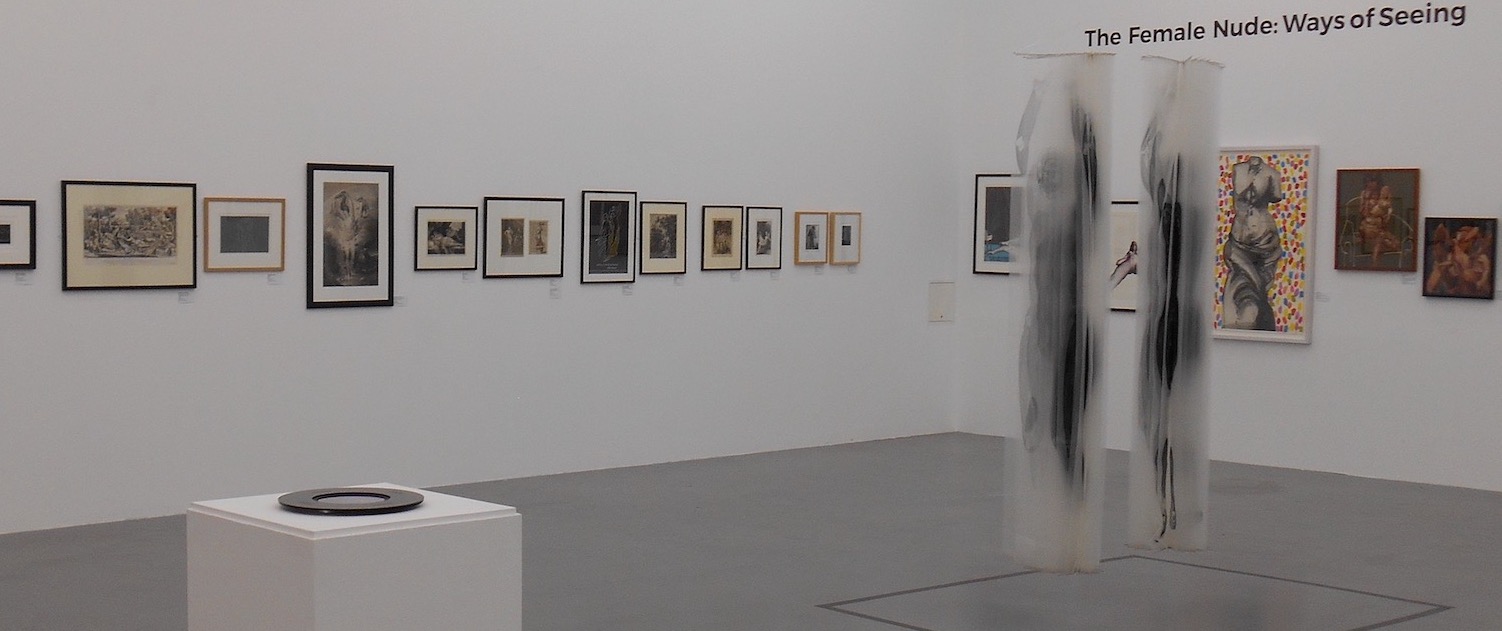
Titian, Self Potrait, 1546-1547. Oil on canvas, 96cmx75cm. Gemaldegalerie, Berlin
Titian is considered as one of the greatest exponents of the Venetian school during the 16th century and a pioneer of the tradition of color. The painting Sacred And Profane Love is one of the most important in the artist’s career, the interpretation of which is still debated today.
The artist was born in Pieve di Cadore, his precise date of birth is uncertain (between 1488-1490). At the age of 10 he moved to Venice, that was at the time one of the most important European cities, commercially it had built up networks with the rest of the world thanks to sea trade, and culturally it was one of the most flourishing in Italy. When he was still a young boy, he began his artistic career working as an apprentice with Gentile, Bellini and especially Giorgione; with whom he will collaborate for several years, their most salient collaboration was the restoration of the ‘Fondaco Dei Tedeschi’. Around 1500, the artist started the production of his autonomous works; influenced by the philosophical and mythological themes of the humanist circles, adherents of the Neo-Platonic doctrine, Titian had frequented.

Titian, Sacred And Profane Love, 1514. Oil on canvas,118cmx279cm Galleria Borghese, Rome
The painting was realized in 1514, presumably for Niccolo’ Aurelio and his wife Laura Bagarotto, whose coats of arms are depicted in the fountain sarcophagus. This is an interesting fact that provides us with information on how Titian was one of the first businessperson painters. Two women are portrayed next to a sarcophagus turned into a fountain. While Cupid is mixing the water.

Painting details
According to classical mythology the roses and Cupid are themes associated with Venus. Following this reading, Panofsky identified the two women as twin Venuses, an extremely popular theme in classical art and mythology. The two women are in indeed identical. Although we would be led by common sense to associate the clothed Venus as sacred love, it is the other way around. In fact, the half-naked Venus symbolizes sacred love, the truth that does not need to be covered, she rises on a less earthly level, tending towards the sky than her opposite twin, she is holding a torch that symbolizes eternal love.
The female nude, thus, assumes the meaning of classical beauty, a recurring motif in Renaissance art. The other Venus, instead, is depicted on a lower level, more closely to real nature. She is adorned with jewels and sumptuous clothes symbolizing the more material qualities; therefore, she embodies the profane love.


Painting details
The contrast between the two figures is also tangible in the surrounding space: two contrasting landscapes, one lagoon, the other mountainous, which can merge into one through the representation of the tree, which makes them appear to be on the same level Cupid’s presence, furthermore, acts as a link between the two figures: the mixing water signifies the union of the two contrasting aspects of love. The two figures are therefore opposite but simultaneously complementary.
But just to say that the two figures are twin Venuses would not give the work its right value. More specifically, we could say that the two Venuses standing for the two contrasting but complementary qualities of woman and love: passion and rationality, are according to some other interpretations, Laura Bagarotto herself, who is thus embodying the characteristics of the perfect renaissance wife.
The chromatic richness is typical of the artist, the contrast of colors, the chiaroscuro of the drapery, and in particular this bright red, still known today as Titian red, sanction the artistic detachment from Giorgione, and the beginning of a new style of painting, detached from drawing, and more inclined towards the movement and fugacity of the strokes, a technique also known as prestezza, that inspired artists such as Velasquez and Rembrandt.
Gloria Sciarrino
